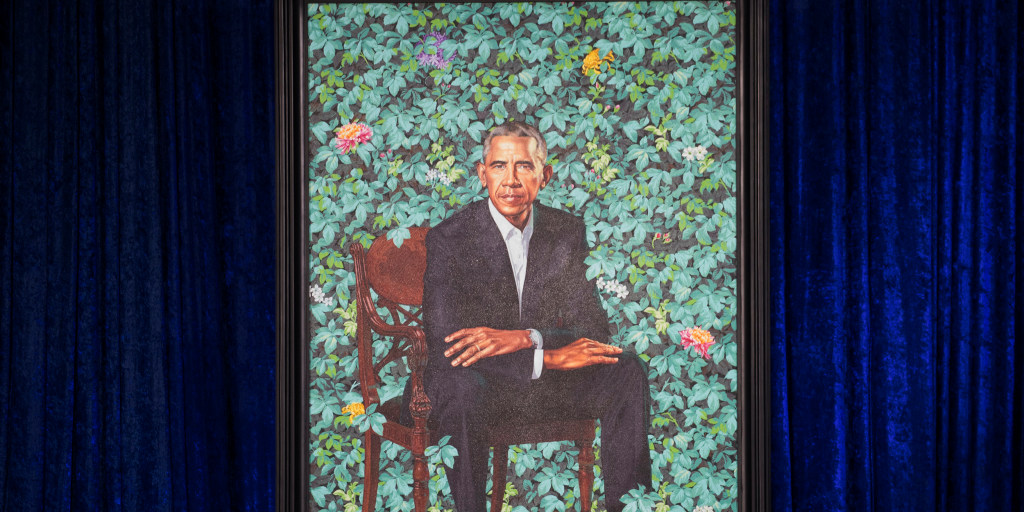It is the last day of Epiphany today. Ash Wednesday ushers us into Lent tomorrow. Although it can be shorter by about ten whole days actually (in case Easter falls upon its earliest possible date of March 22), this year Epiphany lasted only 39 days, and that still feels brief to me. Epiphany begins January 6 and usually focuses on the “appearing” of the Messiah as symbolized (in the Western church anyway) by the appearing of the star to the Magi. During Epiphany we often focus on the ministry of Jesus–all the things he did and said before taking his definitive turn toward Jerusalem and his death, which is the focus of Lent as of tomorrow.
Green is the liturgical color for Epiphany. I’ve heard various reasons as to why but green does seem to be the color of life, of all things verdant, of growth, of hope. Jesus came to this earth to teach us so many new things about the kingdom of God. It was mostly not what you expected, as the Beatitudes alone reveal. If you were going to grow into this kingdom and then mature within it, you would have to pay good attention to the Master and let him tend and nourish you like a plant.
Of course, for a lot of us in the northern hemisphere at least, the irony of Epiphany is that it comes during a season in which you see virtually no green at all outside your windows. It’s been very white here in Michigan since Epiphany began last month–white with snow and bitterly cold at times. In any event, the liturgical color has been green and today it gives way to purple as Lent arrives and we consider again our mortality, our sinfulness, the transitory nature of life. It is a reminder that most things that start out as green eventually turn brown, decay, die. We cannot typically pin our hopes on things that may stay green only fleetingly.
I was thinking about this yesterday, too, when the official portrait of President Barack Obama was unveiled at the Smithsonian.

Commentators immediately seized on the greenery in the background and the flowers that the artist said represented the places from which Obama’s family had drawn strength in the past: blue lilies of Kenya, the jasmine of Hawaii, the chrysanthemums of Chicago. The verdant vibrancy of the foliage harks back to the days of “Hope and Change” and “Yes We Can.” But the more serious visage of the man in the middle–the face that is lined and the hair that is grayed beyond what you’d expect a normal 8-year stretch of time might have wrought–reminded me that not everything worked out as well as Obama or those of us who supported him might have wished for. By 2012–although Obama won re-election pretty handily–his first campaign’s slogan of “Yes We Can” was mocked even as Sarah Palin dismissed all that “hopey-changey” stuff as so much pie in the sky.
Historians will puzzle for decades over how America went from the election of the first African-American President to Donald Trump who, whatever else you might think of him, is surely about as different from Barack Obama as you can get. Most who exulted over Obama’s elections withered in despair over Trump’s victory. All those green leaves behind Obama in the portrait remind us of how we once felt but feel no longer–not about Obama per se but more about this present moment and our nation in general.
My friends who see the world differently will want to mock me for ever thinking Obama was going to change the country and the world the way we really did hope he would. And I still support most of what Obama did and tried to do. I still think he is one of the most respectable men ever to occupy the Oval Office. But the green promise of his election has faded–for some of us anyway–to the purple reality that in this world, we cannot pin our hopes on kings and princes, on governments or presidents or prime ministers. It will always be from green to purple on those fronts. Sooner or later the promise of this movement or that candidate will fade.
As Epiphany’s green gives way to Lent’s purple today and tomorrow, we are reminded that our only real hope in this world is the Savior who walked straight into the deep purple of his cross and of his death. Only the One who entered our mortality can give us true and lasting life and hope in a way no political movement or earthly figure ever will.
As Epiphany gives way to Lent, we could ponder all of this and be disappointed in this or that aspect of our lives. Or we can ponder all of that as something that comes very near to the heart of what makes the Gospel “Good News.” It is not easy to walk with Jesus to his cross these coming six weeks. But we only get to the shining white brightness of Easter if we do.
Follow him. Follow him into the purple that will one day lead to the eternal greenness of God’s New Creation–a place where (as C.S. Lewis once mused) every blade of grass will just seem to mean so much more than we could have ever imagined.

